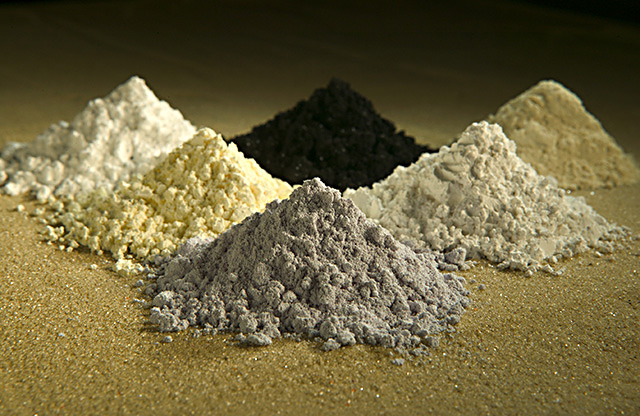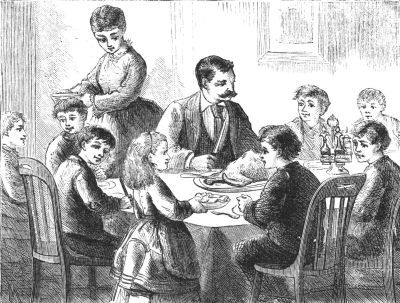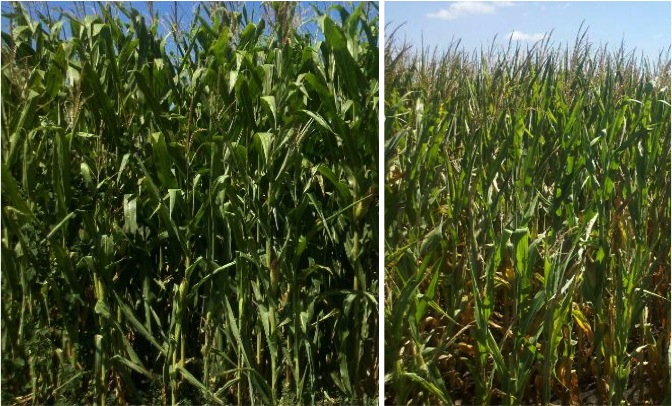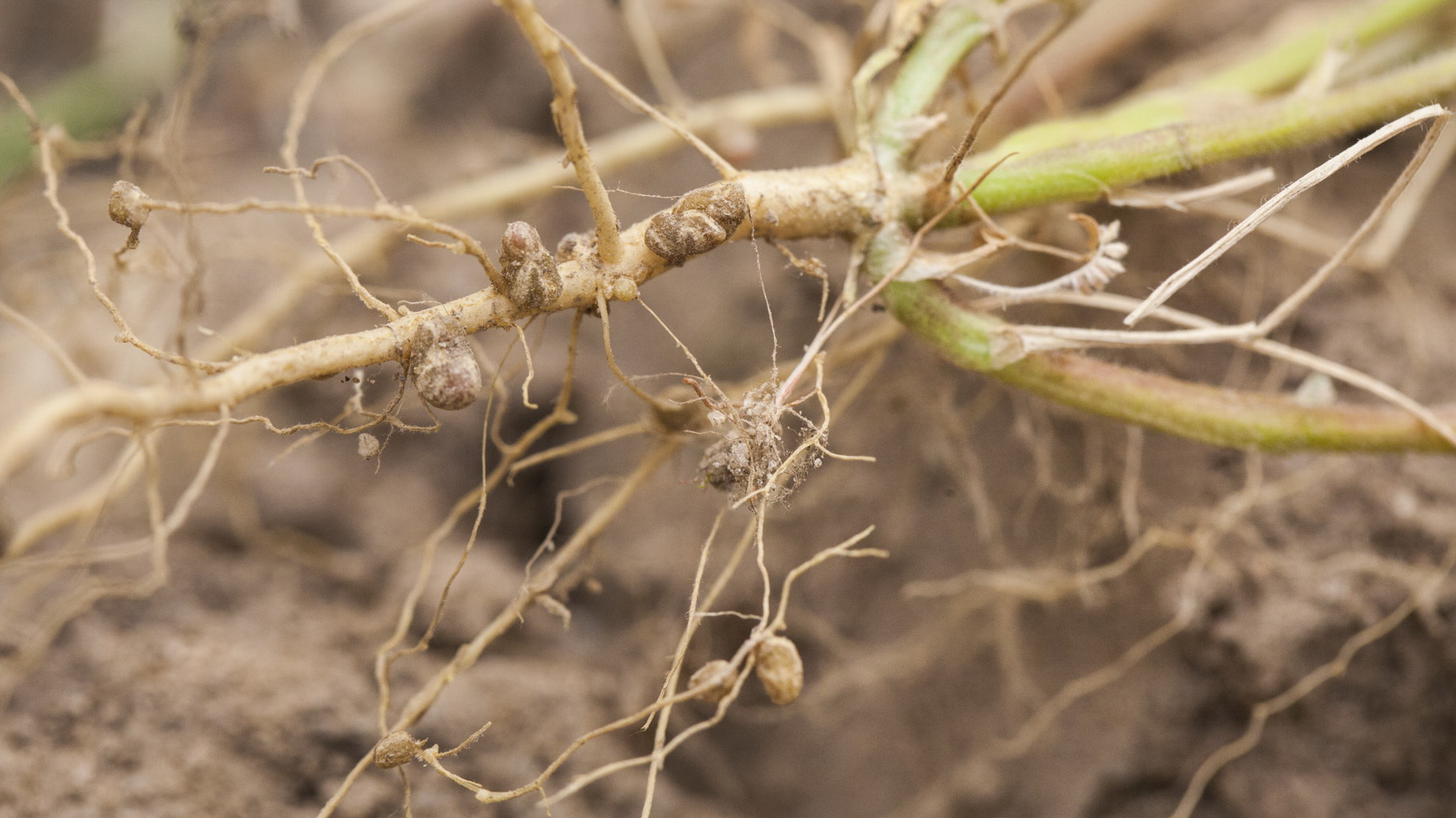Do The Molecule Dance comes out on the seventh day of Chinese New Year in Singapore. Love, joy and peace to my readers.
Category: blog
Embodying Emotion, Performing Gender
Boston University News Service – “Take your pen, do this.” Nicole Noll said as she reached into her backpack for a pen, and placed it horizontally between her teeth. “Don’t let your lips touch it.”
I did as she demonstrated. Noll and I were in the Harvard Science Center, sitting in the first-floor hallway. As we held our pens in our teeth, two men passed by and gave us puzzled looks.
Time To Face The Thorium
Boston University News Service – Love your smartphone that delivers clear sound and bright colors but still fits in your pocket? Give thanks to neodymium, a rare earth element that makes the magnets in your phone so powerful that it can be as small as it is. Wind turbines and electric cars need the unique magnetic properties of dysprosium, another rare earth element. Virtually every form of clean energy technology today needs rare earth elements to function. But the rare earth elements come with an unavoidable by-product: thorium.
Have an energy efficient Thanksgiving
For Thanksgiving tonight, Americans across the country will be cooking up storms in their kitchen and there will be plenty of turkeys in ovens. This year, pick up a few tips to make your Thanksgiving dinner’s carbon footprint, and utilities bill, smaller.
A Farmer’s Best Defense Against Drought
Boston University News Service – In the summer of 2012, during the worst drought in twenty years, Danforth, Illinois, went for six weeks without rain but the corn in Hoekstra Farm grew tall and green. The corn in the neighboring fields was almost a foot shorter. While farmers across the Corn Belt watched their crops shrivel and die, Harold Wilken of Hoekstra Farm made enough money from his crops that summer to pay a bonus rent to his landowner.
Pumpkin in pumpkin spice lattes: none
This morning the New York Times had a new video, What’s In It: Pumpkin Flavor, which explained how stuff like pumpkin spice lattes get their signature flavors. Not too surprisingly, there’s no pumpkin involved. Pumpkin provides more texture than flavor, and I’m pretty sure a pumpkin-textured latte wouldn’t be a seller.
Scientists Report First Step Away From Fertilizers
Boston University News Service – Before synthetic nitrogen fertilizers existed, plants and bacteria worked together to return nutrients to the soil. A type of bacteria living in plant roots, called nitrogen-fixing bacteria or Rhizobia, enriches the soil with nitrogen from the atmosphere, making it available to the host plants. But not all plants can host Rhizobia, because the plants’ immune systems repel the bacteria. Scientists have long believed that only legumes, or plants like soybean, pea, and alfalfa, could chemically communicate, and therefore accept, the nitrogen-fixing bacteria.
Three chemistry tricks to spice up your Halloween
If you stayed up last night celebrating the Red Sox win and have to throw a badass Halloween party tonight, here’s three cool chemistry tricks using common items to help you out.
Plants to dye for
Over the summer, I came across natural dyeing and a group of people who were doing it in Brooklyn, New York. It ended up being a video story for my internship at Bytesize Science, American Chemical Society, and The Chemistry of Natural Dyeing just came out this Monday. Watch it here!
Carbon Day 2013
A treat for passers-by at Copley Square yesterday: Carbon Day 2013! Co-sponsored by Boston University Sustainable Neighborhood Lab and the City of Boston Greenovate, Carbon Day is a public exhibition event to promote awareness about carbon and educate the public about steps they can take to reduce their carbon footprint, according to organizer Linda Grosser from Boston University. Pictures available!









